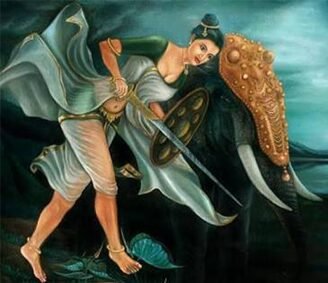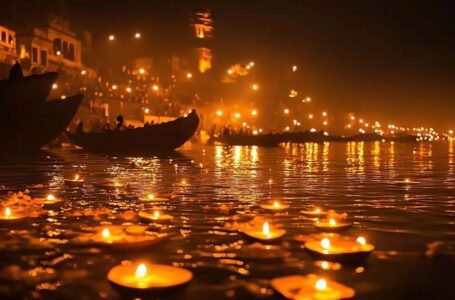Srinagar: The Jewel of Kashmir, Founded by Ashoka
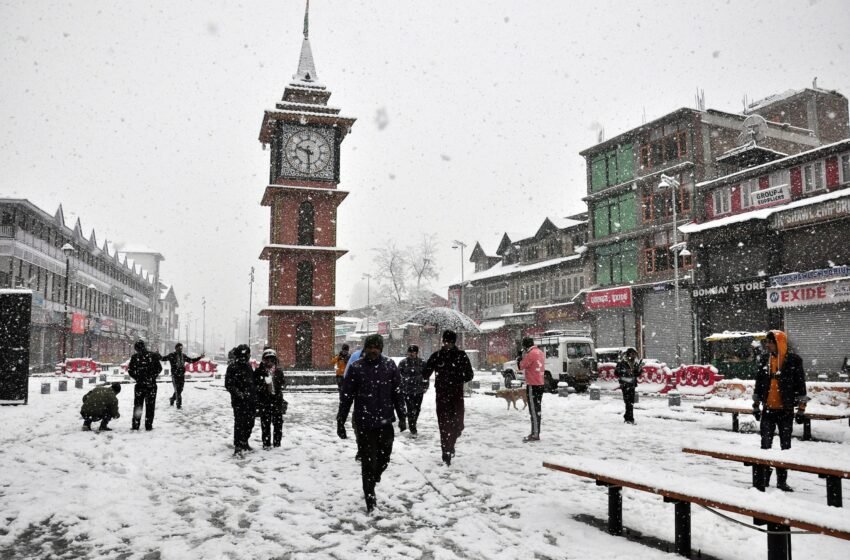
Situated in the serene Kashmir Valley, Srinagar happens to be the summer capital of the State of Jammu and Kashmir. It stands as one of the historically richer and more beautiful cities in India. Fondly celebrated for their scenic beauty by the majestic Himalayan mountains, serene Dal Lake, and vibrant gardens, it is indeed an Oen anthropic beauty. This is a glamorous layer of stunning landscapes but also the country of deep, rich historical and cultural legacy stretching over 2,000 years. Much of this history traces back to the founding of this city by the Mauryan Emperor Ashoka around the 3rd century BCE.
This blog will study the origins of Srinagar, its growth under Ashok, and its importance as a culture, trade, and spirituality hub.

Ashoka: The Architect of Srinagar’s Origins
Ashoka the Great, one of India’s most renowned and transformative rulers, was instrumental in establishing the foundations of Srinagar. Born in 304 BCE, Ashoka ruled over the vast Mauryan Empire and is often credited with spreading Buddhism across India and beyond. His reign is also remembered for its emphasis on peace, governance, and infrastructure development.
Srinagar, derived from “Sri” (meaning wealth or prosperity) and “Nagar” (meaning city), was one of the most ambitious projects Ashoka embarked upon to create a stronghold in the northern frontiers of his empire. By founding Srinagar, Ashoka not only expanded his influence in the northern territories but also laid the groundwork for Kashmir’s historical prominence as a hub of Buddhism, trade, and learning.
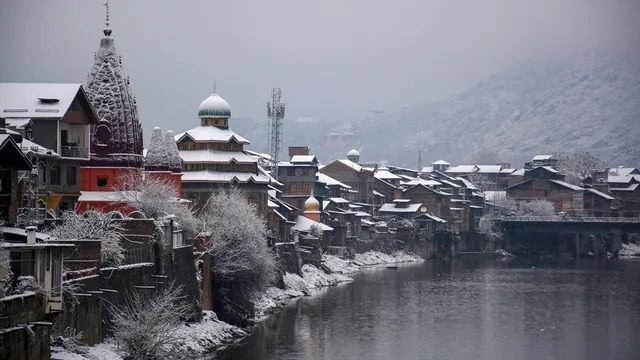
The Geopolitical Importance of Srinagar in Ancient India
The strategic location of Srinagar made it a major city even in ancient days. Located in the lush and fertile valley of Kashmir, the city served as a bridge between India, Central Asia, and the Tibetan Plateau. All trade worked through it because the merchants and travelers trod through it on the ancient Silk Road. It was the center for all the products that included silk, spices, precious stones, and textiles that flowed through Srinagar.
Ashoka realized the strategic and economic need to incorporate this area into his empire. Opening such an important city as Srinagar served the purpose of bringing valuable land under the control of the Mauryan Empire as this land was a repository of diverse forms of natural resources and also acted as a gateway for cultural and economic exchanges between the Indian subcontinent and Central Asia. The Spread of Buddhism in Kashmir.
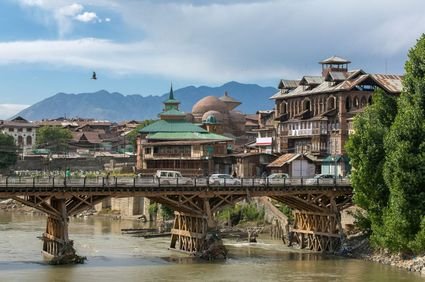
One of the most significant contributions of Ashoka to the region was his promotion of Buddhism. After the transformative Kalinga War, Ashoka embraced the teachings of Buddhism and sought to spread its message of non-violence, compassion, and morality across his empire. Srinagar, as one of his new urban centers, became an important hub for this cultural transformation.
Kashmir was home to many Buddhist scholars and monasteries, and under Ashoka’s rule, the region saw the construction of numerous stupas and viharas (Buddhist monasteries). He is believed to have built the famous Shankaracharya Temple (originally a Buddhist temple) atop the hill that overlooks Srinagar. The presence of Buddhism left an indelible mark on the region’s cultural and spiritual landscape, influencing art, architecture, and literature for centuries to come.
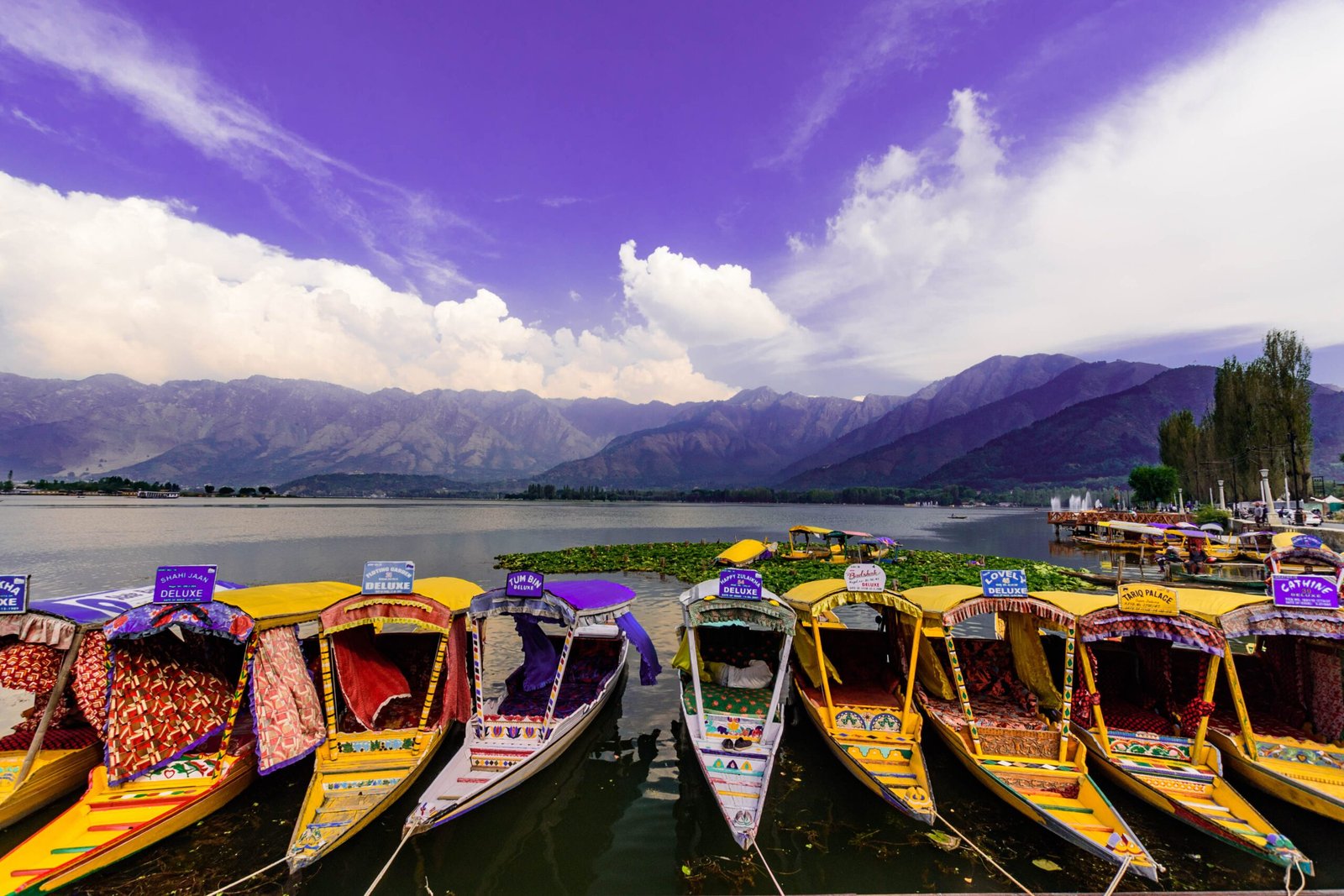
Over time, Srinagar became an important pilgrimage site for Buddhists from all over the world, particularly from Central Asia and China. The Chinese traveler and monk, Xuanzang, who visited the region in the 7th century CE, recorded that the city was a major center of Buddhist learning, with numerous monasteries and scholars.
Evolution Through Dynasties: From Buddhism to Hinduism and Islam
While Buddhism flourished during Ashoka’s reign, Srinagar’s history saw multiple shifts in religious influence over the centuries. Following the decline of the Mauryan Empire, the region came under the control of various Hindu dynasties. These rulers, including the Karkota and Utpala dynasties, built temples and promoted Hinduism as the dominant religion.
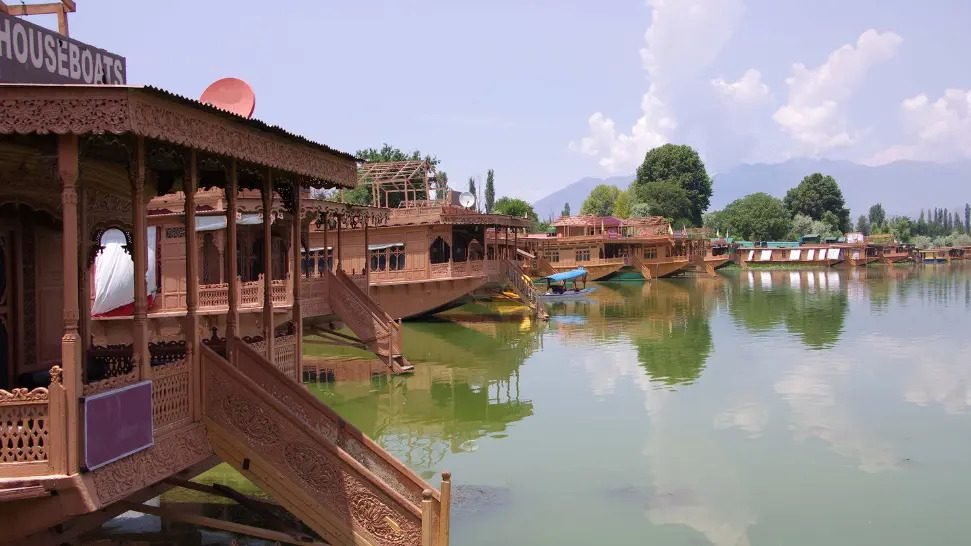
One of the most notable rulers during this period was Lalitaditya Muktapida (r. 724–760 CE), who ruled over Kashmir and its surrounding regions. His reign saw the construction of the grand Martand Sun Temple near Srinagar, which still stands as a testament to the architectural prowess of ancient Kashmir. Under Lalitaditya and his successors, Srinagar became a center of art, philosophy, and learning, attracting scholars from various parts of India and beyond.
The arrival of Islam in the region during the 14th century marked another significant transformation. Sultan Shah Mir founded the Shah Mir dynasty in 1339, marking the beginning of Muslim rule in Kashmir. Srinagar, under Islamic rulers, saw the construction of beautiful mosques and shrines, such as the Jamia Masjid and the Hazratbal Shrine. The city became an important center of Sufi mysticism, and over time, Islam became the dominant religion in the region.

Mughal Influence: The Era of Garden Glory
Srinagar reached new heights of beauty and grandeur during the Mughal era. The Mughals, who were deeply captivated by the natural beauty of Kashmir, left an indelible mark on Srinagar’s landscape. Emperor Jahangir famously said, “If there is a paradise on Earth, it is here, it is here, it is here,” reflecting his deep admiration for the valley.
The Mughals built some of Srinagar’s most iconic gardens, which continue to enchant visitors today. These Mughal gardens, such as Shalimar Bagh, Nishat Bagh, and Chashme Shahi, were designed with intricate Persian-style layouts featuring terraces, flowing water, and vibrant flowers. The Mughal influence added an element of luxury and refinement to Srinagar’s cultural fabric, turning the city into a summer retreat for emperors and nobles.
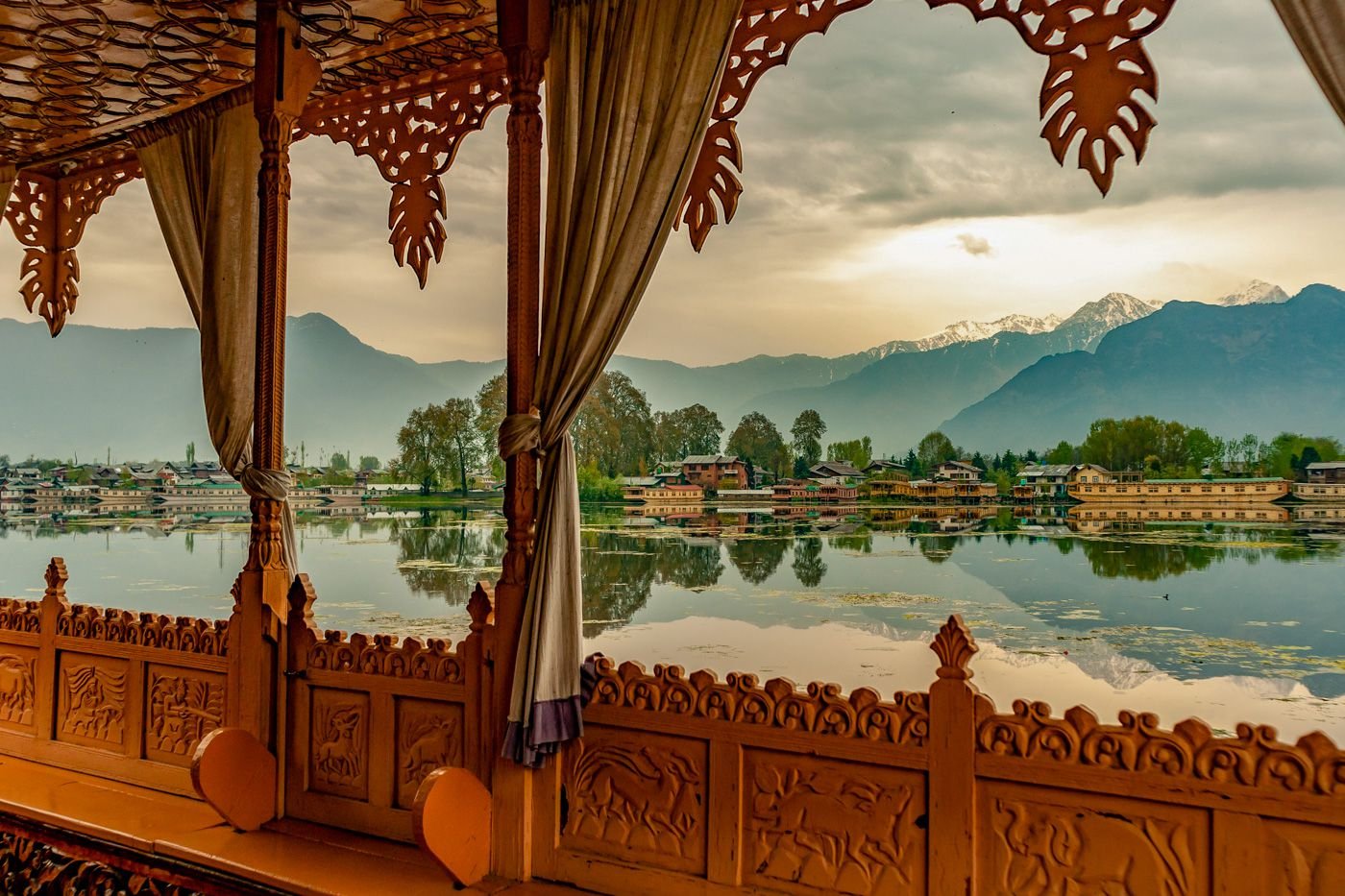
Modern Srinagar: A City of Resilience and Beauty
In more recent history, Srinagar has been at the heart of political struggles and conflict, particularly following the partition of India in 1947 and the subsequent dispute over Kashmir between India and Pakistan. Despite the challenges the city has faced, Srinagar has maintained its status as a cultural and spiritual center, with its rich history reflected in the art, architecture, and lifestyle of its people.
The city today is a beautiful amalgamation of its past and present. From the houseboats and Shikaras on Dal Lake to the bustling markets of Lal Chowk, Srinagar continues to thrive as a vibrant and resilient city. The rich traditions of Kashmiri crafts, such as Pashmina shawls, carpets, and papier-mâché, continue to thrive, adding to the cultural richness of the city.

Moreover, Srinagar’s long history of religious pluralism and coexistence is reflected in its architecture and festivals. The city is home to both ancient Hindu temples and magnificent Sufi shrines, and festivals like Eid, Diwali, and Navroz are celebrated with equal fervor. This blend of influences, from Buddhism and Hinduism to Islam, has given Srinagar a unique cultural identity that continues to draw visitors from around the world.
Conclusion: A Timeless Heritage
Srinagar, the city founded by Ashoka, stands as a testament to the region’s historical and cultural richness. From its early days as a center of Buddhism under Ashoka, to its transformation under Hindu rulers, and its flourishing under Islamic and Mughal influences, Srinagar has witnessed and embraced countless layers of history. Today, despite the challenges it faces, the city remains a beacon of resilience, beauty, and cultural diversity.
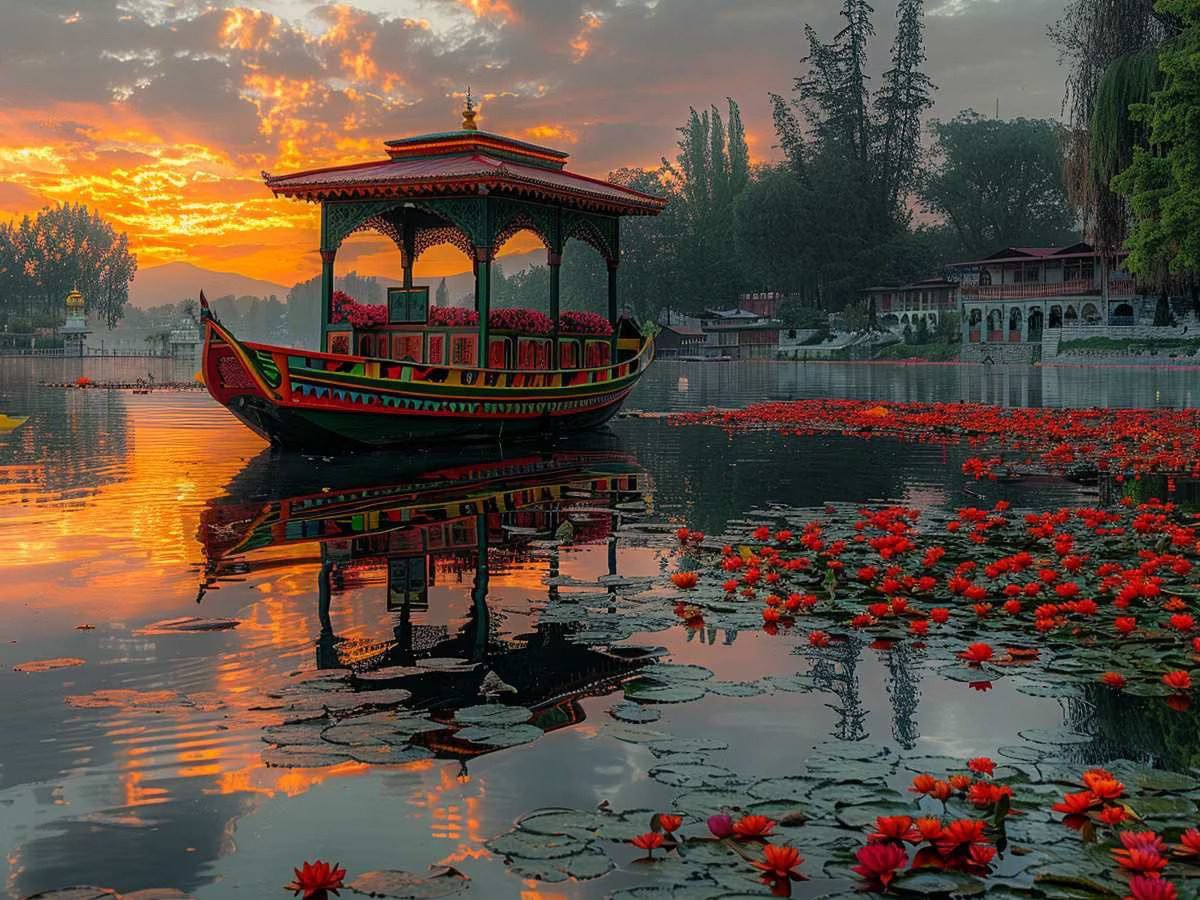
For travelers and history enthusiasts alike, Srinagar offers not only breathtaking natural scenery but also a deep connection to India’s ancient and medieval past. The city’s gardens, temples, shrines, and bustling streets are living reminders of the diverse and vibrant heritage that has shaped this gem of the Himalayas. Indeed, Srinagar’s journey from its foundation by Ashoka to its modern identity is a remarkable story of survival, adaptation, and grace.
